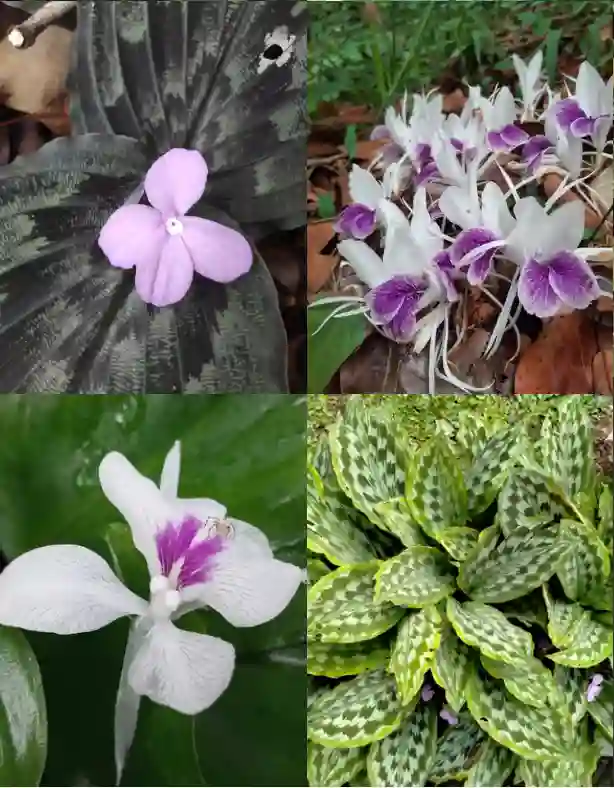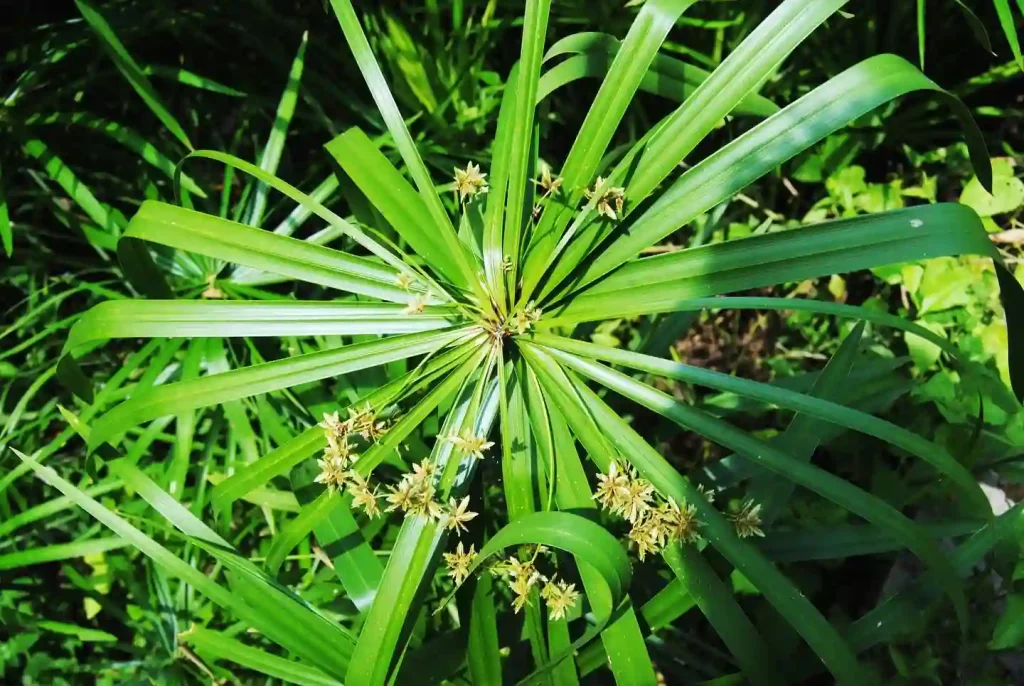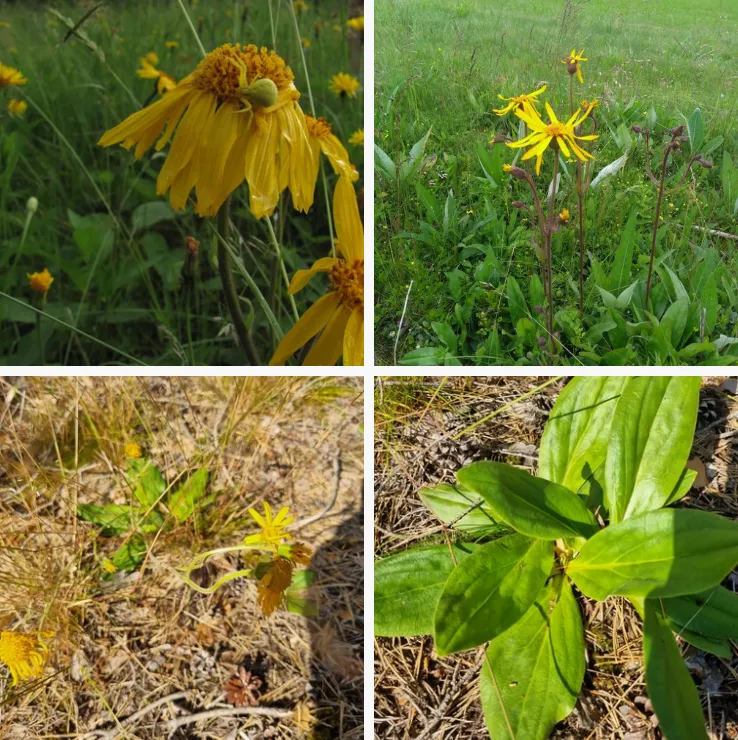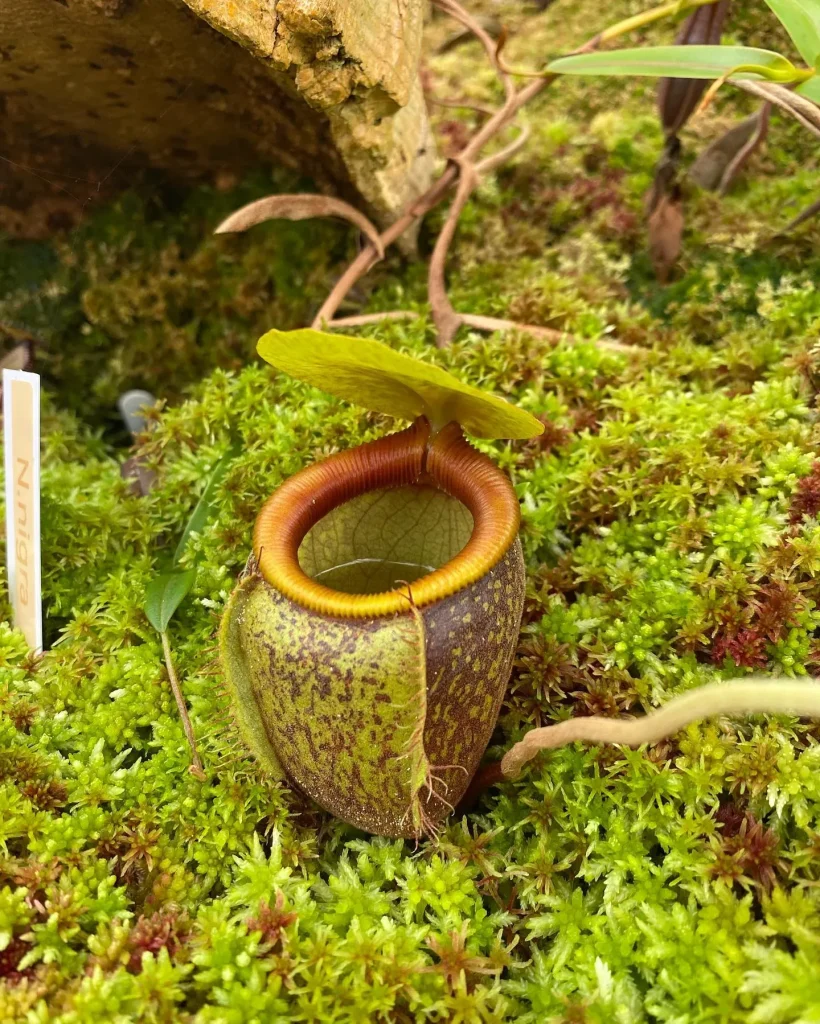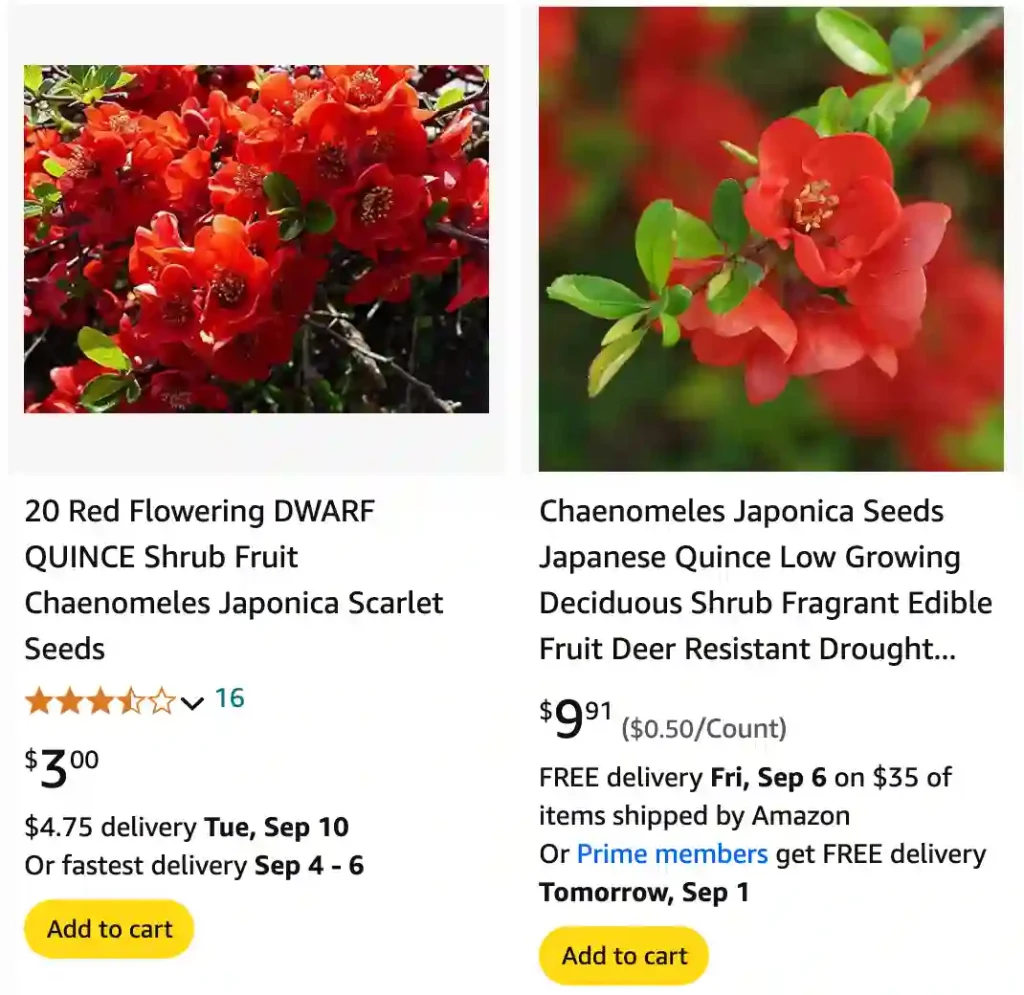
What Is Chaenomeles Japonica?
Chaenomeles Japonica, commonly known as Japanese Quince, is a hardy deciduous shrub admired for its vibrant, early spring blossoms. Originating from East Asia, it boasts a variety of colors, including shades of red, pink, and white. The shrub typically grows between 3 to 10 feet tall and wide, with dense, thorny branches that can create a striking appearance in gardens.
4 Species in Genus Chaenomeles – Flowering Quince
How to Care for Chaenomeles Japonica?
Caring for Chaenomeles Japonica is relatively straightforward. It thrives in well-drained soil and prefers full sun to partial shade. The shrub is quite tolerant of various soil types, including sandy and clay soils. Regular watering is essential, especially during dry spells, but avoid waterlogging. Pruning is best done after flowering to maintain its shape and encourage new growth. Mulching can help retain moisture and suppress weeds.
How to Propagate Chaenomeles Japonica?
Propagating Chaenomeles Japonica can be achieved through several methods. The most common way is by taking hardwood cuttings in late summer or early autumn. Ensure the cuttings are about 4 to 6 inches long and have a few leaf nodes. Dip them in rooting hormone and plant them in a mix of peat and perlite. Another method is layering, where you bury a section of a branch in soil while still attached to the parent plant. This method often results in successful rooting.
Can You Grow Chaenomeles Japonica Indoors?
While Chaenomeles Japonica is typically grown outdoors, it can be cultivated indoors with the right conditions. Indoor growth requires a bright, sunny location with plenty of direct sunlight. You should also ensure the indoor environment maintains the proper humidity levels and has adequate ventilation. However, it’s worth noting that growing it indoors may limit its growth and flowering compared to outdoor conditions.
Is Chaenomeles Japonica Toxic?
Chaenomeles Japonica is generally considered non-toxic to humans and pets. Its fruits, though not commonly consumed, are edible but may be too sour and astringent for most tastes. While not toxic, it’s always wise to monitor pets and children to ensure they do not ingest large quantities of any plant material.
What to Plant with Chaenomeles Japonica?
Chaenomeles Japonica pairs well with other early bloomers such as Hellebores and Spring Bulbs like Daffodils and Tulips. These complementary plants can enhance the visual appeal of the garden when the Japanese Quince is in bloom. Additionally, combining it with evergreen shrubs can provide year-round interest and a striking contrast to its seasonal blossoms.
Common Problems with Chaenomeles Japonica
Chaenomeles Japonica is generally resilient, but it can encounter some issues. Common problems include:
- Leaf Spot Diseases: These are often caused by fungal infections. Ensuring good air circulation and avoiding overhead watering can help mitigate these issues.
- Pests: Aphids and scale insects can occasionally affect the plant. Regular inspection and appropriate treatments, such as insecticidal soap, can manage these pests effectively.
- Winter Damage: In colder climates, the shrub might suffer from winter burn. Mulching and providing some winter protection can help prevent this.
Chaenomeles Japonica vs Speciosa
When comparing Chaenomeles Japonica and Chaenomeles Speciosa, there are a few key differences. Chaenomeles Speciosa, also known as the Flowering Quince, tends to have larger, more showy flowers compared to Japonica. Speciosa can also grow taller, sometimes reaching up to 10 feet, whereas Japonica generally stays a bit smaller. Both plants are excellent for adding early spring color, but Speciosa may require slightly more maintenance due to its larger size and more vigorous growth.
Benefits of Growing Chaenomeles Japonica
Chaenomeles Japonica offers several benefits:
- Early Blooms: Its blossoms appear in early spring, providing a burst of color when most other plants are still dormant.
- Attractive Fruits: The small, apple-like fruits are ornamental and can add interest to the garden.
- Wildlife Friendly: The shrub attracts pollinators like bees and butterflies, contributing to a biodiverse garden.
- Versatility: It can be used as a hedge, a specimen plant, or even in container gardening.
Conclusion
Chaenomeles Japonica is a versatile and attractive shrub that can enhance any garden with its vibrant early spring blooms. Its ease of care, adaptability, and decorative fruits make it a valuable addition to various garden settings. Whether you’re considering it for its ornamental value or as part of a larger garden design, understanding its needs and characteristics can help you make the most of this beautiful plant.
If i die, water my plants!
